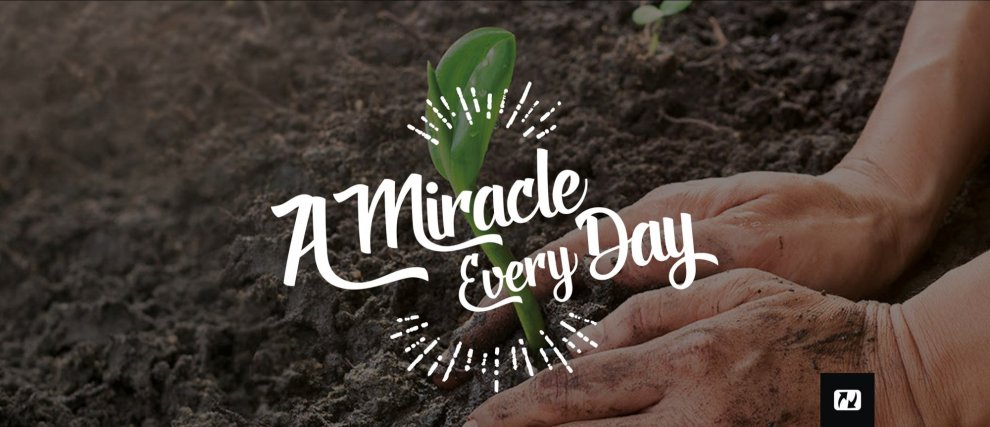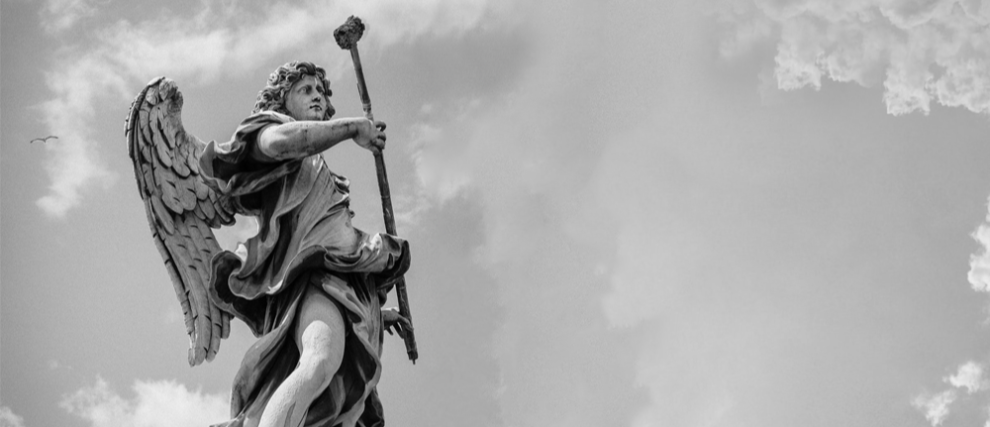The Tree of Knowledge
The book of Genesis, the first book of the Bible, presents us with the creation of the world and man in the form of a myth, which presents a truth that transcends history in an imagined style. Like any myth, this one is rich in symbols. The story of Adam and Eve and their removal from the Garden of Eden is filled with them. The temptation of the snake, the forbidden fruit, the tree of life and especially the tree of knowledge of good and evil which is at the origin of man’s disobedience toward God, the source of original sin.
But why does God not want man to eat the fruit of the tree of knowledge? Why did God leave this tree in the Garden of Eden if Adam and Eve could not eat from it?
The Tree of Knowledge of Good and Evil
In the passage of Genesis describing the Garden of Eden, two trees are presented: The tree of knowledge and the tree of life.
“The Lord God made all kinds of trees grow out of the ground—trees that were pleasing to the eye and good for food. In the middle of the garden were the tree of life and the tree of the knowledge of good and evil.” (Genesis 2:9)
We should note that the tree in the center of the garden is indeed the tree of life; it is first this one that God presents to humanity, the one He wants to offer to us. But then where is the tree of knowledge? Later in Genesis, the tree of knowledge is also described as being in the center of the garden. We can ask ourselves if these two trees are really distinct. Couldn’t it actually be the same tree that reveals a different reality depending on how you see it?
Could eternal life be offered when - through the tree of life - we fully welcome the mystery of God, when we humbly accept the fact that He is beyond us and that we cannot comprehend Him completely, neither Him nor his creation?
If, on the contrary, we seek to understand everything, to master everything, to “possess” everything (the word knowledge in the Bible evokes a deep, intimate knowledge), we limit our world to the mere extent of what is accessible to us. We “limit” life to what we can understand, we set limits and thus death and finiteness are imposed on us.
The forbidden fruit
“And the Lord God commanded the man, “You are free to eat from any tree in the garden; but you must not eat from the tree of the knowledge of good and evil, for when you eat from it you will certainly die.” (Genesis 2:16-17)
God did not forbid, did not prevent but warned humanity. This is the freedom that God leaves to humans, who are not “prisoners” of God. Man must choose Him freely.
Adam and Eve, tempted by the serpent, chose to try to do without Him; this rupture with God marks the original sin.
There are many questions and theories about what the fruit of the tree of knowledge of good and evil represents. Why does God not want Adam and Eve to taste it? Perhaps true wisdom is not acquired outside of God? Man cannot imagine understanding everything by himself; relying on this knowledge alone and his judgment alone can lead him to make many mistakes.
Perhaps sin is not so much in the eaten fruit as in the intention that led to this act (to become like God)? We find this sin of pride in many founding myths - Prometheus, Icarus,... -; this is the same sin experienced by the fallen angel, Satan, who then wants to bring man into his fall, presenting himself to him in the insidious form of the serpent.
The cross, a new tree of life
But God has not abandoned us. A new tree of life was given to us by him, which we can plant in the center of our garden: The cross of Christ. Jesus, the new Adam, shows us the way to return to God, to our Father.
With humility and in surrender to God, we can finally eat the fruit and access eternal life.
The tree of life is at the beginning and at the end of the history of mankind; we find it in fact in the book of Revelations (22)
“Then the angel showed me the river of the water of life, as clear as crystal, flowing from the throne of God and of the Lamb down the middle of the great street of the city. On each side of the river stood the tree of life, bearing twelve crops of fruit, yielding its fruit every month. And the leaves of the tree are for the healing of the nations.”

